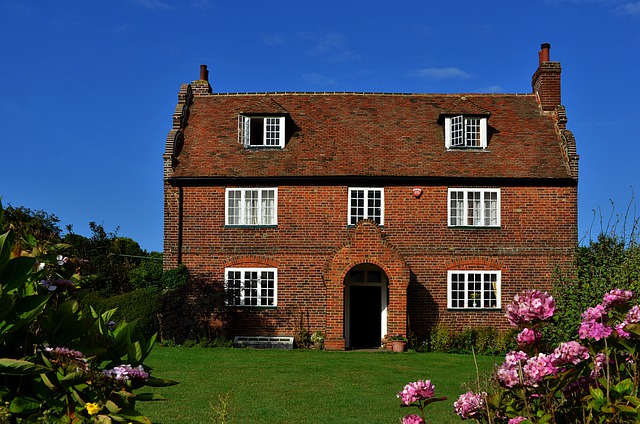
House prices in rural areas have risen at a significantly faster rate than those in urban regions over the past five years, according to the latest data from Nationwide Building Society.
Its figures show that house prices in rural areas have risen by 29% over the last five years, compared to just an 18% increase in predominantly urban areas.
This trend has been particularly pronounced over the last couple of with a post pandemic ‘race for space’. Nationwide says it is rural detached properties that have seen the strongest rates of price growth, with the weakest growth for flats in urban areas.
The Nationwide figures show average house prices in predominantly rural areas rose by more than 12% in 2021, double that seen in 2020.
In total 13 out of the top 20 local authorities for house price growth in 2021 were classes as rural locations. North Devon recorded the strong house price growth over this year, with properties prices rising by 24%. Camden in London was the top performing urban authority, with a 20% year-on-year increase.
Nationwide senior economist Andrew Harvey says: “According to our latest housing market survey 28% of those who had recently moved, were moving or considering a move, were looking to move to a different area. The majority of people are looking to move to less urban areas, with this preference more pronounced for older age cohorts.”
Harvey says that it is notable that the list of top-performing authorities includes a number of rural areas associated with tourism, including parts of Devon, South Wales, the Cotswolds and the Broads. This suggests some of the demand may be being driven by those buying holiday or second homes. Indeed, ONS data suggests that the rate of second home ownership is significantly above average in areas such as South Hams, Pembrokeshire and Ceredigion, areas which are amongst those seeing the fastest rates of growth.
Of the 362 local authorities in Great Britain, 212 (59%) are classified as predominately urban, 98 (27%) as predominately rural, while the remaining 52 (14%) are classed as urban with significant rural. This latter group saw house prices rise by 23 per cent over the last five years, again outperforming urban areas.
Harvey says: “Increased demand for properties in rural areas in recent years has been part of the ‘race for space’ seen since the start of the pandemic. However, this shift in preferences is also reflected in price trends by property type.”
Nationwide figures show that between December 2016 and December 2021, rural detached properties saw the strongest price growth, with average prices increasing by 32%.
Rural semi-detached houses increased by 29% over the same period, while urban detached properties and rural terraced houses both saw average prices increase by 27%. Flats saw considerably weaker price growth, particularly those in predominately urban areas, which increased by just 6% over the last five years.
He points out that due to data availability these figures on property type exclude Scottish Local authorities.
However despite the price of rural properties rising at a faster rate than town or city dwellings, the Nationwide data shows that the the average price of a detached property in predominantly rural areas is still nearly 10% lower compared with price of a detached home in urban areas.
Harvey says: “This may be because detached properties attract a particular premium in urban areas, making up a smaller proportion of the housing stock. For example, in local authorities classified as predominately urban, only 12% of the total stock is detached, compared with 26% in predominately rural areas.”


